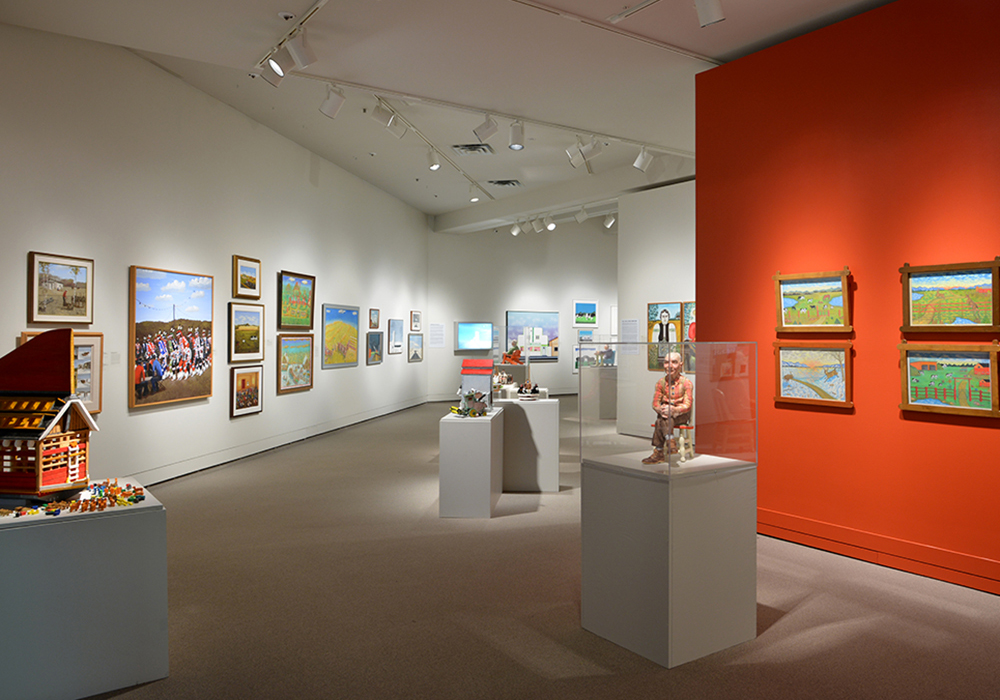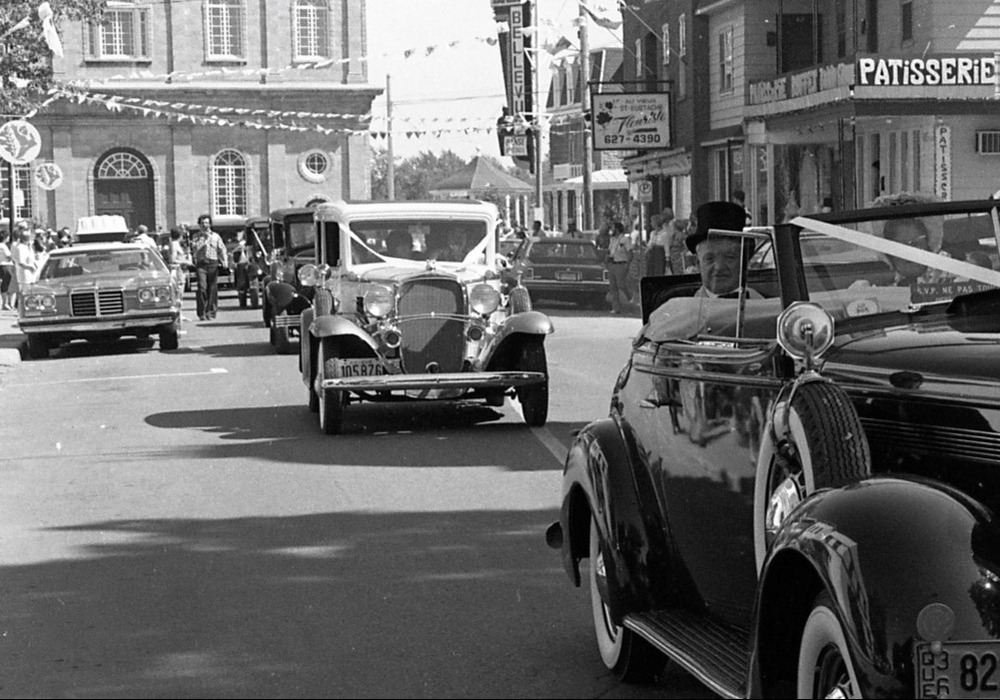
Few people realize that Saskatchewan was once home to the largest Icelandic community outside Iceland. The biggest such settlement was Vatnabyyður, or Lakes Settlement.
During the province’s homestead period, between the late-19th and early-20th century, settlers could claim up to 160 acres of land for ten dollars, provided they built on it within three years. In 1891, this policy attracted two young ranchers of Icelandic origin living in Thingvalla near Churchbridge, Saskatchewan, who, after a long, dry spell, travelled west to find a reliable source of water and hay for their cattle and sheep. In 1892, more Icelandic families began arriving at Fishing Lake, near the current Saskatchewan towns of Foam Lake and Kuroki, drawn not only by the lake water but also by a dry marsh bed to the south that had hundreds of acres of tall grass for making hay.
More settlers from Thingvalla followed over the next eight years, and soon Icelanders from all over the continent and from Iceland itself converged on Vatnabyyður. Most chose homesteads south of Fishing Lake and the Quill Lakes, an area of about 2,000 square kilometers. By 1911, over 1,600 Icelanders lived in the region, bringing with them a ‘dedication to the arts, to literacy, to education and to family life.’ They also took an active part in forming and promoting schools, post offices, businesses and churches.
The settlers never fully lost their Icelandic identity, but because they had suffered many hardships and were determined to become Canadian, much of their culture, including their language, faded. That began to change in 1981 when the Vatnabyggd Icelandic Club was formed to revive some of the old Icelandic customs and to generate an interest in the community at large in the contributions of these Icelandic pioneers. This exhibition focuses on those contributions.

